When Billy Ocean sang, “Red light spells danger”, he wasn´t joking, because you are supposed to stop at red lights, but many drivers run the gauntlet, risking the safety of everyone, and, in the less serious cases, a fine.
In the General Traffic Code, specifically in article 146, the subject of traffic lights is addressed, specifically circular traffic lights for vehicles, and the meaning of the different lights that appear on them is explained.
A non-flashing red light prohibits entry. While it is illuminated, vehicles must not proceed beyond the traffic signal or, if present, the nearest stop line in front of it. If the traffic signal is located within or on the opposite side of a junction, vehicles must not enter the junction or, if present, cross the stop line in front of it.
A flashing red light, or two alternately flashing red lights, temporarily prohibit the passage of vehicles before a level crossing, an entrance to a drawbridge or ferry pontoon, in the vicinity of a fire-fighting vehicle exit, or during the approach of an aircraft at low altitude.
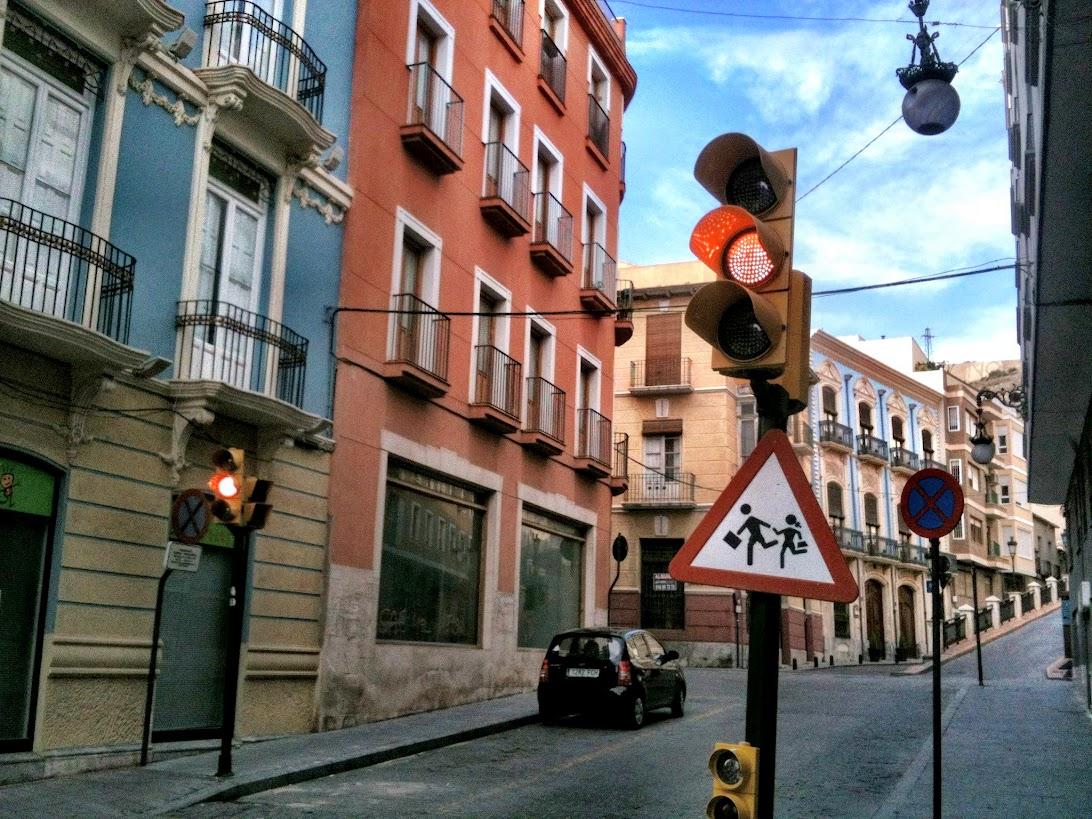
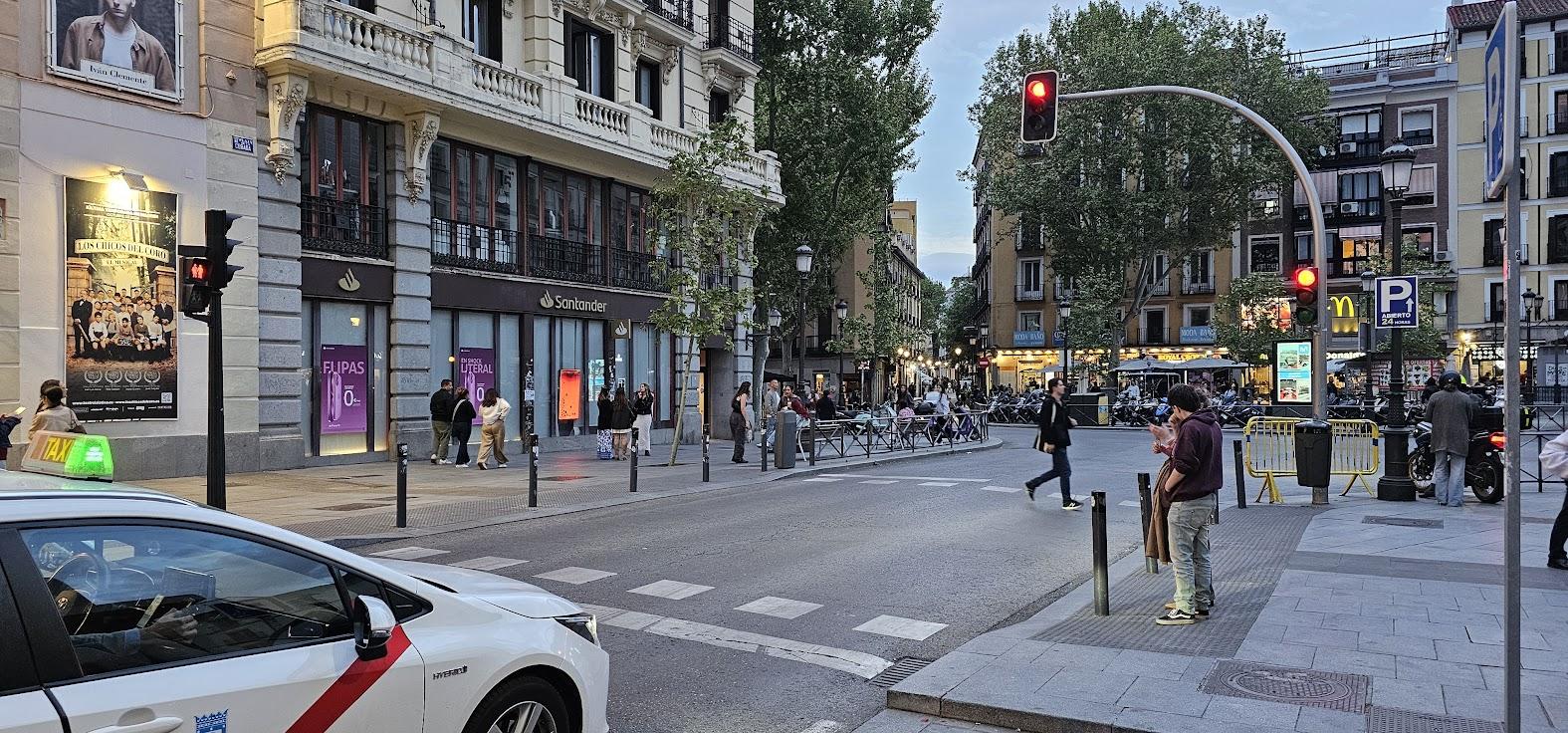
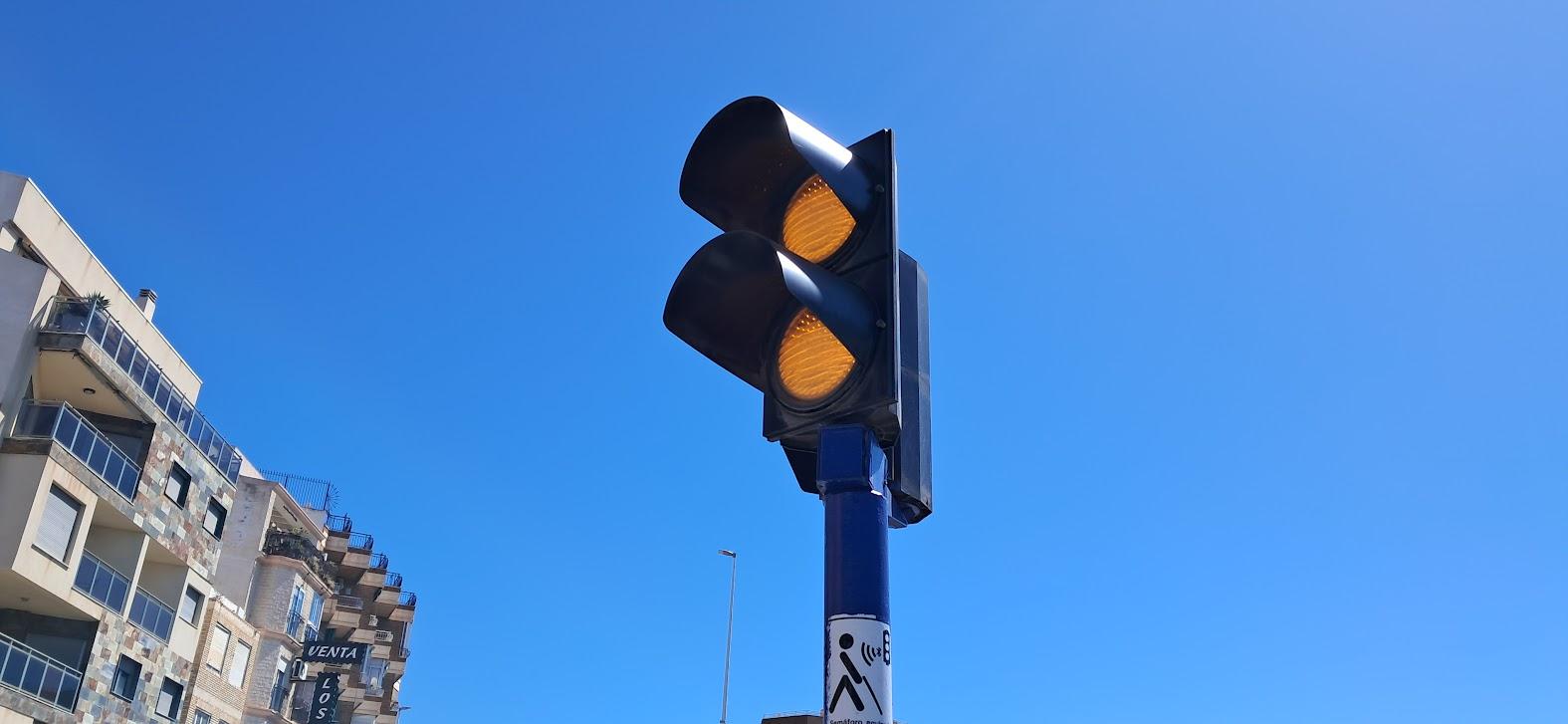
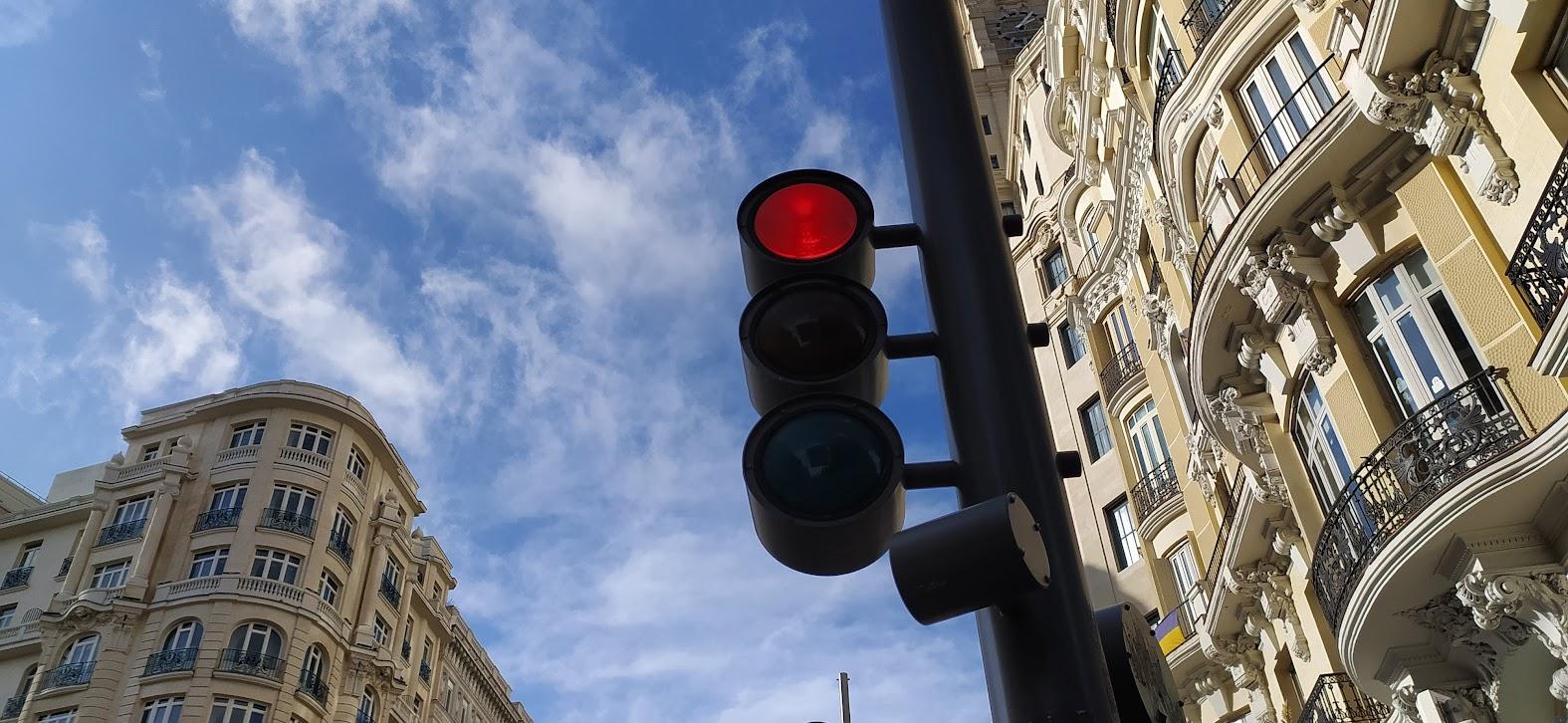
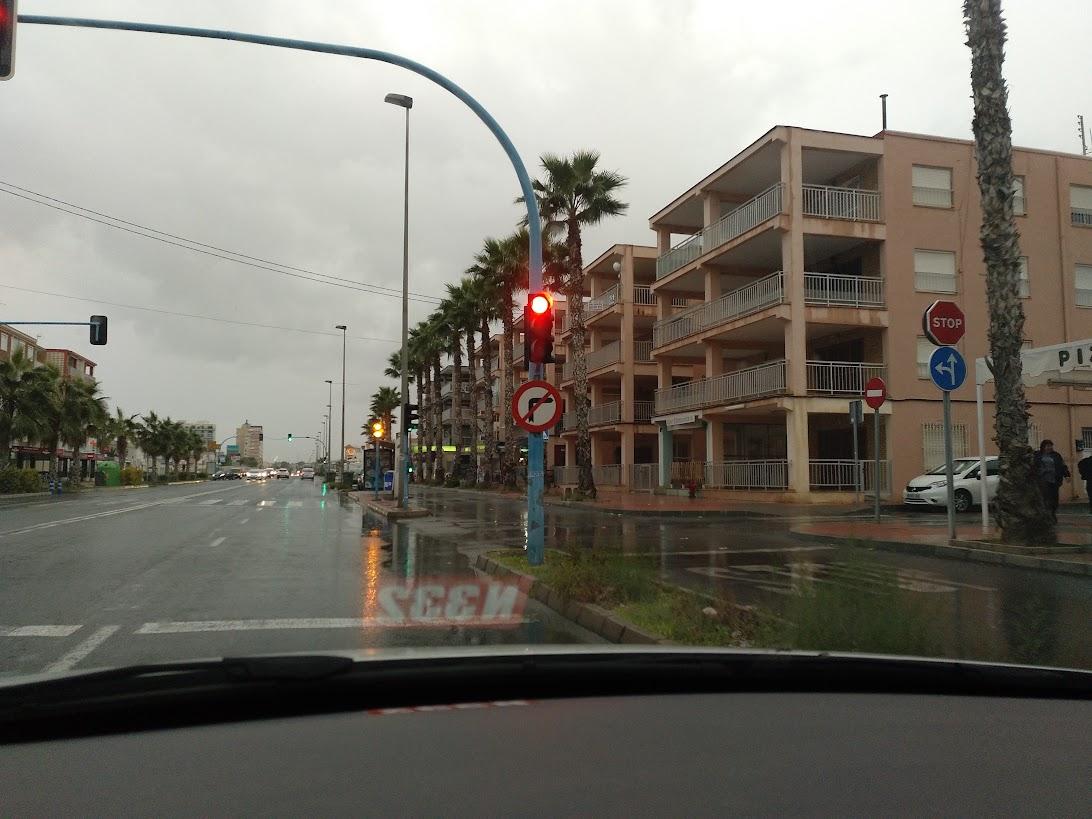
Hopefully, none of the above is news to you, as a driver, but one thing that does often confuse many qualified and experience motorists is the non-flashing yellow light. Because, according to the safe traffic law, that also means that vehicles must stop under the same conditions as if it were a steady red light. The only exception is that when it is illuminated, the vehicle is so close to the stopping point that it cannot stop before it under sufficient safety conditions.
A flashing yellow light, or two alternately flashing yellow lights, does not prohibit passage, but requires drivers to exercise extreme caution and does not exempt them from complying with other vertical signals requiring them to stop or give way, or, in their absence, from complying with the general rules on passage.
A non-flashing green light means that passage is permitted, except in the cases referred to in Article 59LSV59, paragraph 1 of this Regulation.
A black arrow over a non-flashing red light or a yellow light does not change the meaning of said lights but limits it exclusively to the movement indicated by the arrow. In other words, if the illuminated red light has a black arrow pointing to the right, then vehicles intending to turn right must stop.
A green arrow illuminating on a black circular background means that vehicles may travel in the direction indicated by it, regardless of which light is simultaneously illuminated at the same traffic light or at a neighbouring one.
Passing or failing to stop at a red light is considered a serious infraction, punishable by a fine of 200 euro, although with prompt payment it is reduced by half, 100 euro, in addition to the loss of four points.
There is one justifiable exception to this, in which you could contest the fine, and that is if you had to pass (albeit with extreme caution) to allow the safe passage of an emergency vehicle.
Discover more from N332.es - Driving In Spain
Subscribe to get the latest posts sent to your email.
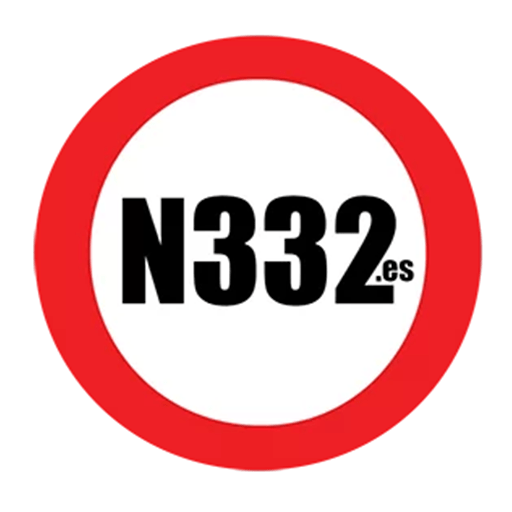
You must be logged in to post a comment.